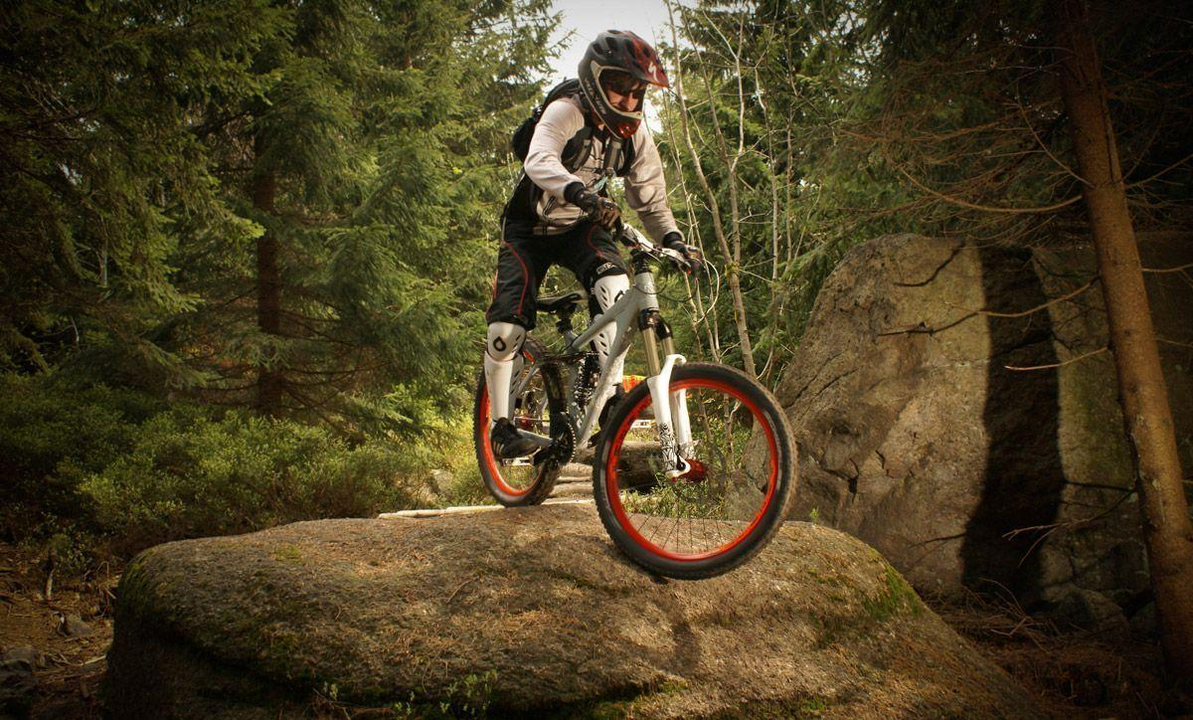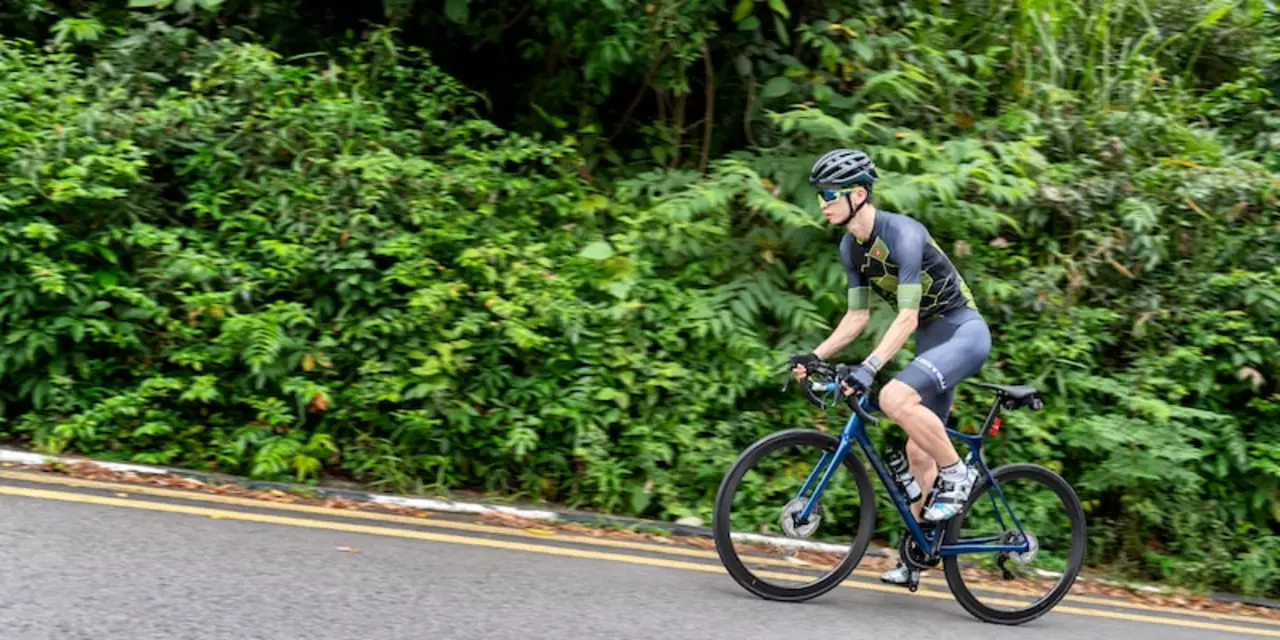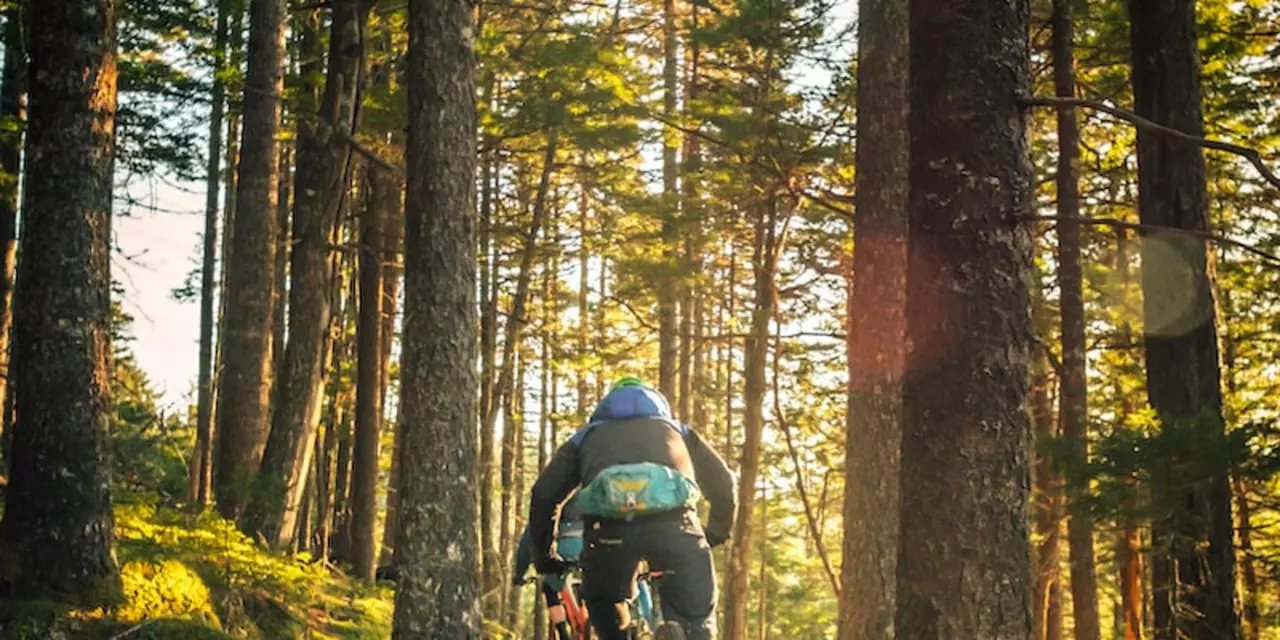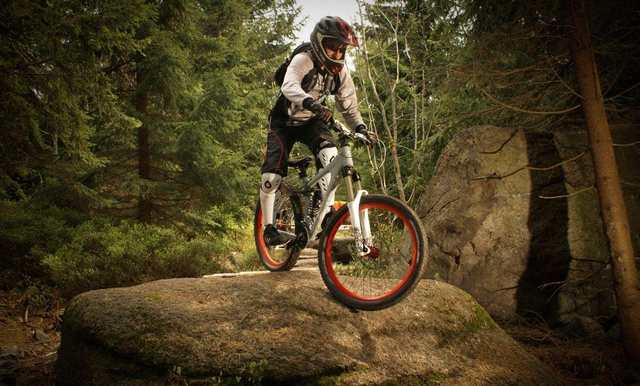Mountain Bike Basics: What Every Rider Needs to Know
Thinking about hitting the trails? A mountain bike (MTB) can turn a simple ride into an adventure, but it helps to know the essentials first. From choosing the right bike to mastering basic techniques, this guide gives you the tools to ride confidently and safely.
Pick the Right Bike for Your Ride
MTBs come in three main flavors: hard‑tail, full‑suspension, and cross‑country. Hard‑tails have a front fork only – they’re lighter and cheaper, great for smooth fire‑roads or beginner trails. Full‑suspension bikes have both front and rear shocks, which smooth out rough terrain but cost a bit more. If you’re after long rides on mixed paths, a cross‑country model with a hard‑tail frame often hits the sweet spot.
When you shop, check the wheel size. 27.5" wheels roll over obstacles easily, while 29" wheels keep momentum better on flatter sections. Frame material matters too – aluminum is light and affordable, while carbon fiber is ultra‑light but pricey. Fit is king: stand over the top tube, make sure the seat height lets your leg almost fully extend at the bottom of the pedal stroke, and test the reach to the handlebars. Comfort now means fewer aches later.
Gear Up Without Breaking the Bank
Helmet first – it’s non‑negotiable. Look for one with good ventilation and a snug fit. Gloves help grip and protect your palms, especially on technical sections. For shoes, go with flat pedals and clipless shoes if you’re comfortable; they give better power transfer and control.
Hydration is easy to forget on a sweaty climb. A 1‑liter bottle or a small hydration pack keeps you going without extra weight. A basic repair kit – mini pump, tire levers, spare tube, and a patch kit – can save you from a flat in the middle of nowhere. If you’re serious about trail riding, consider a lightweight multi‑tool with chain‑breaker and a portable CO₂ inflator.
Now that you’ve got the bike and gear sorted, let’s talk riding technique. Keep your weight centered over the bike and stay relaxed. When you approach a rock or root, look ahead and shift your weight slightly back, letting the front wheel roll over the obstacle first. Use your knees and elbows as natural shock absorbers – they should bend a little on every bump.
Cornering is all about line choice and body position. Aim for the apex of the turn, keep the bike leaned slightly more than your body, and look where you want to go, not at the ground. On steep climbs, shift your weight forward and keep the pedals level to maintain traction.
Downhill runs feel fast, but control comes from steady brake use. Lightly feather the front and rear brakes; grabbing too hard on the front can toss the bike forward. Shift your hips back a tad and keep your eyes on the trail, not just the bike.
Trail etiquette makes the experience better for everyone. Yield to hikers and riders coming uphill, announce yourself on narrow sections, and stay on marked paths to protect the environment. Pack out any trash you bring in and respect local rules.
Ready to ride? Start with a local trail that matches your skill level – many UK parks rate trails from green (easy) to black (expert). A short loop lets you practice climbing, descending, and turning without fatigue. As you improve, add a bit more distance or try a new terrain type.
Mountain biking isn’t just a sport; it’s a way to explore nature, push your limits and have a blast. Keep your bike tuned, wear the right gear, and ride smart. The trails are waiting – get out there and enjoy the ride!





